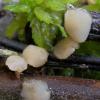
30-11-2025 12:53
 Edvin Johannesen
Edvin Johannesen
White short-stipitate apothecia found on thin twig

30-11-2025 10:47
 William Slosse
William Slosse
I recently found a collection of small Peziza sp.

27-11-2025 12:01
Thomas Læssøehttps://svampe.databasen.org/observations/10496727

27-11-2025 11:46
Thomas Læssøehttps://svampe.databasen.org/observations/10493918

17-09-2025 10:50
Heather MerryleesHi there!I am hoping for any advice on the identif

29-11-2025 08:40
 Andreas Millinger
Andreas Millinger
Hello,on a splintered part of a branch on the grou

28-11-2025 16:45
Nogueira HéctorNovember 23, 2025 Requejo de Sanabria (León) SPAI

25-11-2025 14:24
Thomas Læssøehttps://svampe.databasen.org/observations/10490522

27-11-2025 15:41
Thomas LæssøeSpores brownish, typically 4-celled; 26.8 x 2.4;

27-11-2025 11:31
Thomas LæssøeCollectors notes: Immersed ascomata, erumpent thro
Dear friends
On last summer I have found several dozens of this white and HAIRLESS Pezoloma species up to 10 mm in diameter growing on the very wet soil of the peat bog of Santa María del Puerto at Somiedo (Asturias-Spain).
The hyphae of the very developped and gelified outer stratum are IKI negative. The rest of the characters are shown in my pics.
Have you some idea for this fungus?
Thanks again


I have an old collection (July 2006) which looks as yours. I left as Pezoloma cf ciliifera because of the absence of marginal hairs and we didn´t include it in our article because of the lack of data.
http://publicacions.iec.cat/repository/pdf/00000186%5C00000049.pdf
And when you came to Teruel in 2009 we found one apo of Pezoloma ciliifera where I was unable to find any hairs, but it was only one apo...
Un abrazo,
Raúl
Hi Raúl
But we have found several dozens of hairless apothecia, not only one! By the other hand the ascospores of P. cilifera are different with many small polar oily drops.
I think this fungus is not a simply hairless form of P. cilifera
Regards
Enrique

I just can add that I have seen spores (in the same sample) of what I called Pezoloma ciliifera with such multiguttulate pattern as seen in HB 7818 or ERD 5617 and also I have seen them as you show for this species here, with more or less polar oil drops. Even this can be seen in your spore plate, those in the upper left corner look multiguttulate while most have polar oil drops. I think that the tendence is that some of the minute ones grow bigger in the evolution of the spore or they are produced because they merge. I can send you some links to my micropics if you want to compare.
Yours can be a regional variety? Good stuff for trying with molecular analysis...
Cheers,
Raúl
Hi Raúl
Could be a possibility, but I think no
Cheers
Enrique
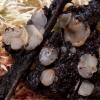
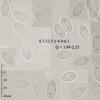
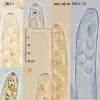
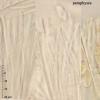
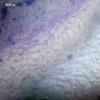

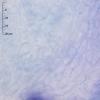
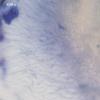
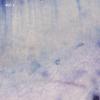
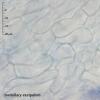
 gelin-0001.jpg
gelin-0001.jpg